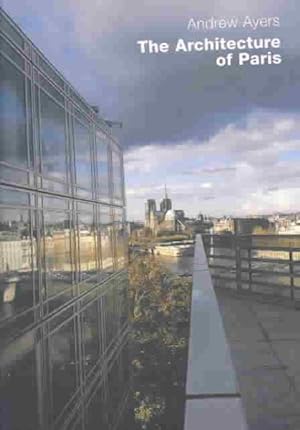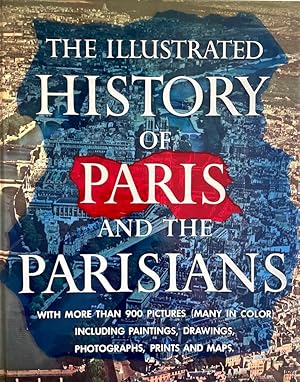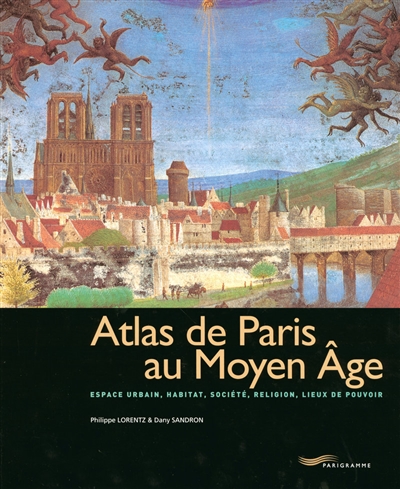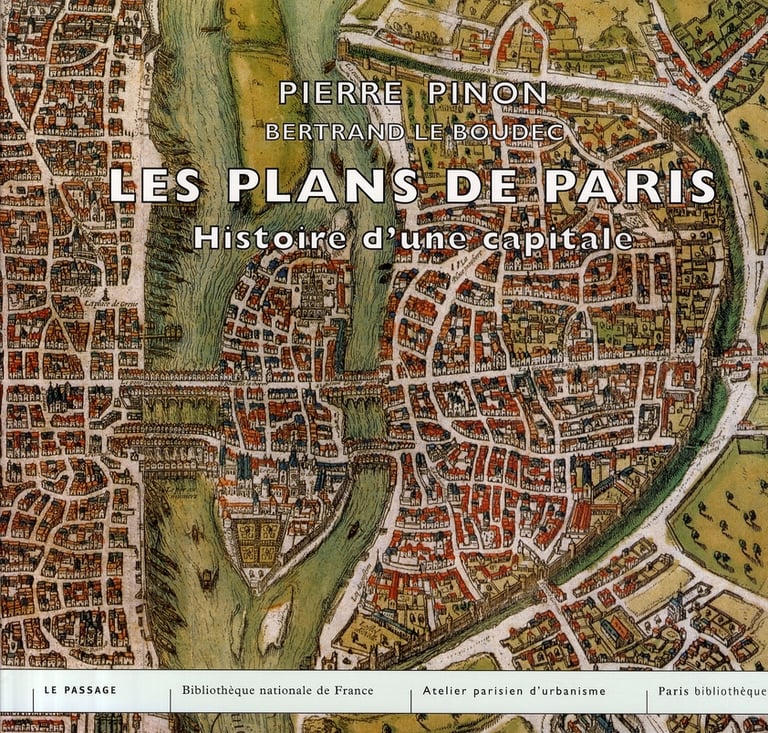

 The architecture of Paris : an architectural guide
by
The architecture of Paris : an architectural guide
by
 The city in history: its origins, its transformations, and its prospects
by
The city in history: its origins, its transformations, and its prospects
by
 The Illustrated history of Paris and the Parisians
by
The Illustrated history of Paris and the Parisians
by
 Atlas de Paris au moyen âge : Espace urbain, habitat, société, religion, lieux de pouvoir
by
Atlas de Paris au moyen âge : Espace urbain, habitat, société, religion, lieux de pouvoir
by
 Le Paris des Lumières : d'après le plan de Turgot (1734-1739)
by
Le Paris des Lumières : d'après le plan de Turgot (1734-1739)
by
 Les appartements Napoléon III du musée du Louvre
by
Les appartements Napoléon III du musée du Louvre
by
 Les plans de Paris : Histoire d'une capitale
by
Les plans de Paris : Histoire d'une capitale
by